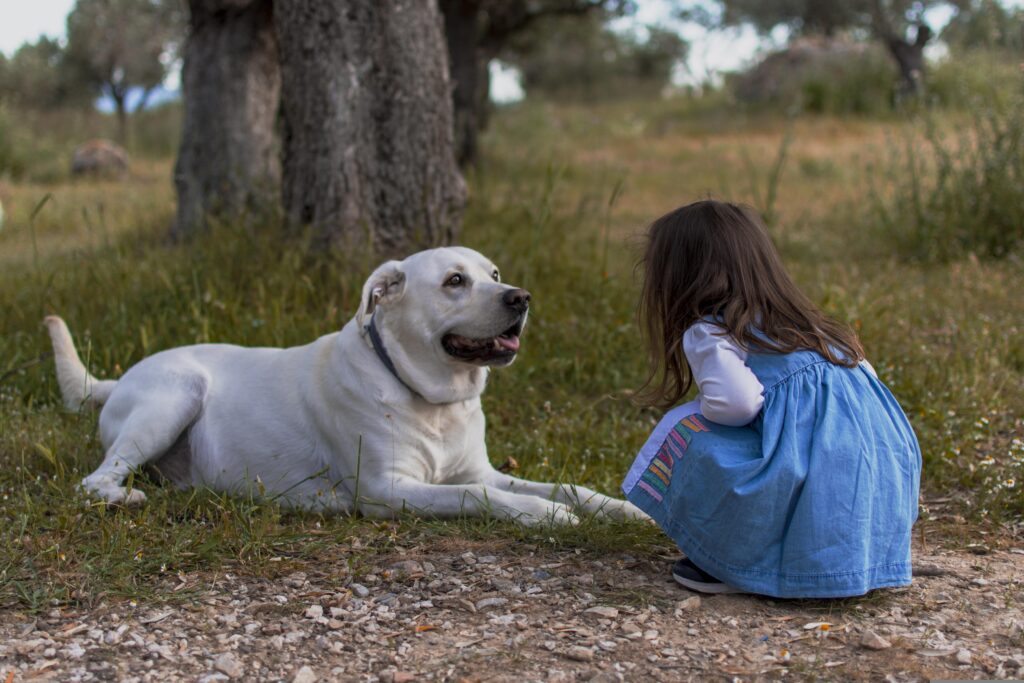
Dogs Playing Together
Few sights are as joyful as watching dogs play together. Their wagging tails, playful jumps, and friendly chases show the pure happiness that comes from companionship. Play is a natural behavior for dogs, and when they engage with one another, it benefits not only their bodies but also their minds and emotions. Dogs playing together is more than just fun—it is an important part of their social and physical development.
Play between dogs usually begins with clear signals. A play bow, where one dog lowers its front legs while keeping the back up, is a common invitation to play. This gesture communicates friendliness and ensures that the other dog understands it is all in fun. Barking, tail wagging, and gentle nudges are also ways dogs show they are ready to interact. These signals prevent misunderstandings and create a safe environment for both dogs.
Physical activity is one of the main benefits of dogs playing together. Running, chasing, and wrestling help them burn energy, strengthen muscles, and improve coordination. This kind of exercise is especially important for active breeds that require a lot of movement to stay healthy. A dog that plays regularly with others is often calmer at home because it has used up its extra energy in a positive way.
Playtime also improves social skills. Dogs learn how to communicate, take turns, and respect boundaries while playing. For example, if one dog bites too hard, the other may yelp or stop playing, teaching the first dog to be gentler. These lessons are crucial for puppies, who are still learning how to interact with the world. Adult dogs, too, benefit from social play, as it keeps them confident and friendly with others.
Mental stimulation is another advantage. Dogs playing together are constantly making decisions—when to chase, when to stop, and how to respond to the other’s moves. This problem-solving activity keeps their minds active and prevents boredom. Without enough mental activity, dogs can develop negative behaviors like chewing, digging, or barking excessively. Play with other dogs provides the perfect outlet for their curious and energetic nature.
Owners also gain peace of mind knowing their dogs are happy and well-socialized. Well-socialized dogs are less likely to show fear or aggression when meeting new dogs in parks or public spaces. This makes outings more enjoyable and less stressful. Watching dogs play together can also be relaxing for owners, as it is a reminder of the simple joys of companionship and community.
Safety, however, is important when dogs play. Owners should supervise interactions to make sure the play does not become too rough. Choosing safe environments, such as fenced yards or dog parks, helps keep dogs secure. Ensuring that all dogs are vaccinated and healthy prevents the spread of illnesses during play. Providing fresh water and breaks is also necessary, especially during long or energetic sessions.
In addition to health and social benefits, play builds strong bonds between dogs. Just like humans, dogs form friendships through shared activities. Regular play with familiar companions creates trust and comfort, while meeting new dogs adds excitement and variety. These friendships enrich their lives and give them opportunities to express joy freely.
In conclusion, dogs playing together is a beautiful display of energy, trust, and companionship. It keeps them fit, sharpens their minds, and improves social skills. For owners, it brings comfort to see their pets happy and connected with others. Whether it is in a backyard, a dog park, or simply among family pets at home, play strengthens the natural spirit of dogs. It reminds us that joy often comes from the simplest moments of togetherness.
